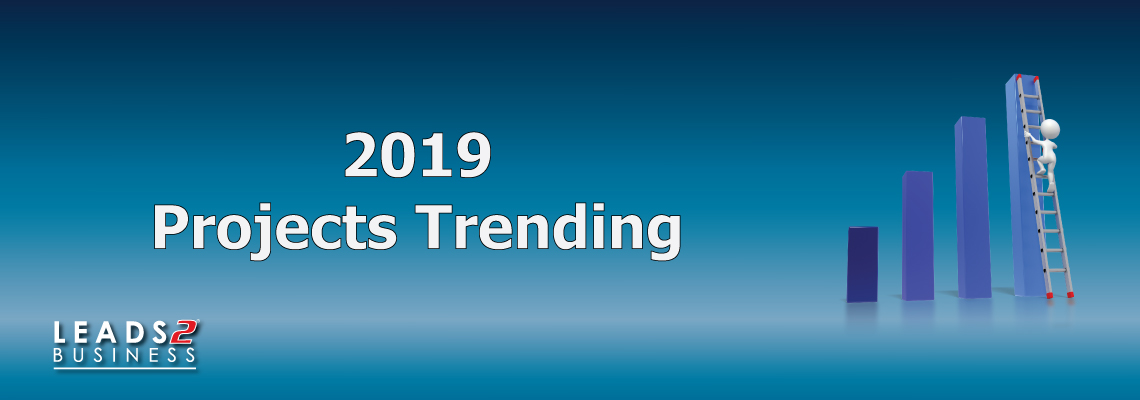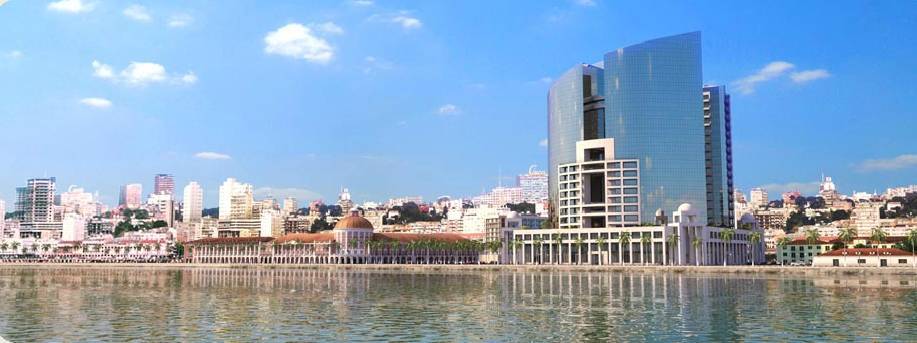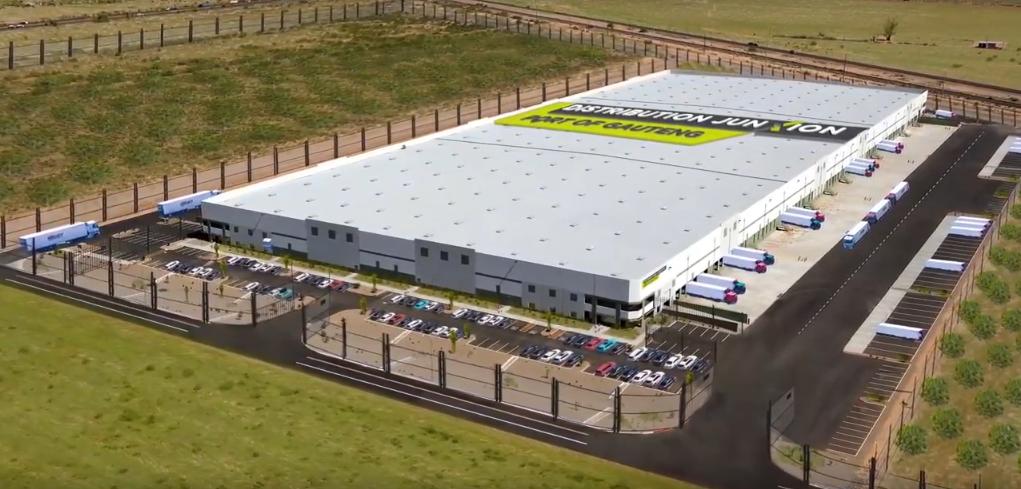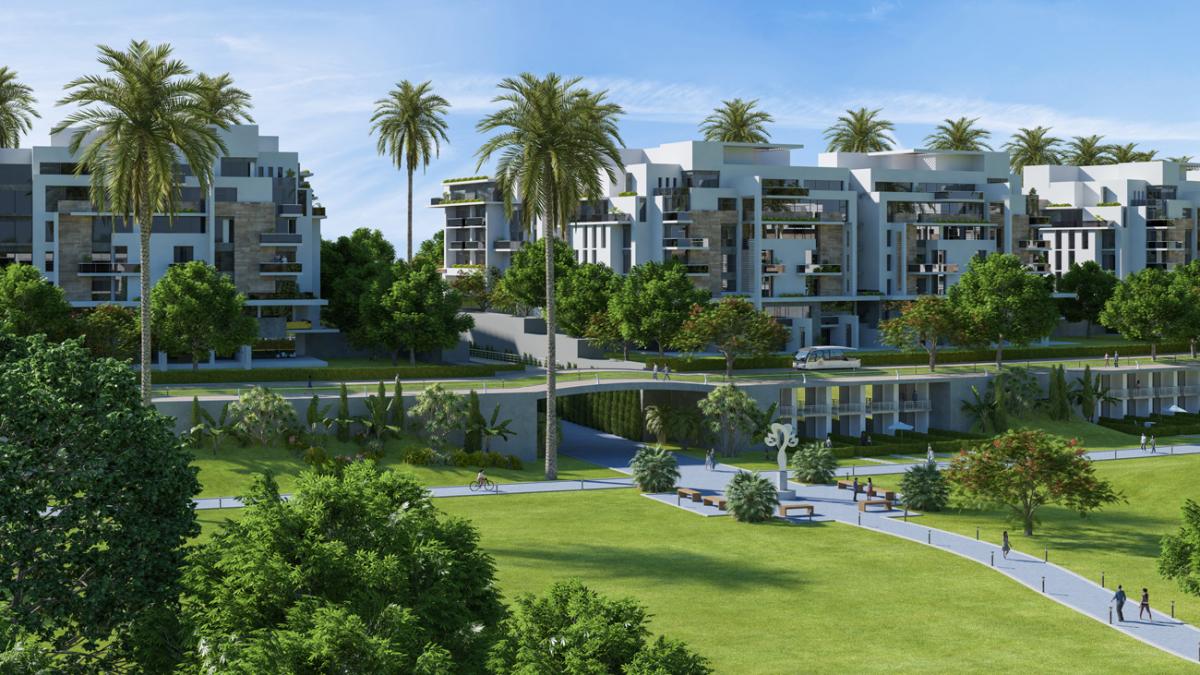Featured Projects: Trending 2019

PPA 8435 – Lanseria International Airport – New Hotel
|
| Description |
| Construction of the proposed R200 million face-lift expansion of the existing Lanseria International Airport, in Lanseria, Gauteng to include a new, large domestic low-cost airline terminal which will mean the current terminal will convert to the International Terminal. Infrastructure will also include a new, additional runway costing R50 million to increase capacity, a new multi-storey parkade, along with extensions to the existing parking area as well as possibly a new hotel located on the grounds. Hotel Component. |
| Status |
Region |
| Procedural |
Randburg |
| Category |
Value |
| Building |
R 100 million+ |
| Industry |
Timing |
| Hospitality & Leisure |
2022 / 2023 Onwards |
| Sector |
Class |
| Private |
Invited / Negotiated |
PPA 8248 – Umshwathi Municipality Slums Clearance Project – Clinic
|
| Description |
| Construction of a clinic for the Umshwathi Municipality Slums Clearance Project on The Farm Camel Hoek No. 1320, KwaZulu-Natal. The project will include a taxi rank, community hall, sports field, community gardens, primary school, high school, police station and residential area. |
| Status |
Region |
| Procedural |
Wartburg |
| Category |
Value |
| Building |
R 0 Million – R 30 Million |
| Industry |
Timing |
| Healthcare |
2022 / 2023 Onwards |
| Sector |
Class |
| Public |
Open Tender |
PPA 8171 – Mixed-Used Waterfront Development in the Port Elizabeth Harbour – Retail
|
| Description |
| Construction of a retail component for the proposed mixed-use waterfront development. Situated at the Port Elizabeth harbour, Eastern Cape. |
| Status |
Region |
| Conceptual |
Port Elizabeth |
| Category |
Value |
| Building |
R 100 million+ |
| Industry |
Timing |
| Retail |
2019 onwards. |
| Sector |
Class |
| Public Private Partnership |
Open Tender |
PPA 8116 – Athlone Power Station Site Development – Commercial / Business
|
| Description |
| Construction of commercial and or business component for the redevelopment of the 36 hectare Athlone Power Station site, in Cape Town in the Western Cape. The mixed use development envisaged for Athlone Power Station site will consist of the following components: Residential – 22.2%; Commercial or business – 30%; Retail – 12.3%; Public institutions – 21.5%; Light industry – 7.4%; Athlone Refuse Transfer Station – 6.6%. The historical red brick buildings are to be retained where possible for predominantly public usage, such as a cultural centre. The existing electricity and waste water infrastructure will also be retained. Provision is to be made to link the site to future IRT routes and there is potential for a Rail Station on the site. GPS Coordinates: -33.9496273, 18.512898500000006. |
| Status |
Region |
| Procedural |
Cape Town |
| Category |
Value |
| Building |
Unknown At This Stage |
| Industry |
Timing |
| Office & Commercial |
2024 onwards. |
| Sector |
Class |
| Commercialised State |
Pre-Qualification / Invited / Negotiated |
If you are a valued Projects subscriber, you can find more details about the Projects on Leads 2 Business.
If you are interested in becoming one of our subscribers, please visit our website.
To view notes with screenshots on how to use our website, please visit our Wiki site.
To view more articles, please visit our blog.
I started my incredible journey at Leads 2 Business in 2006.
I am the Content Director, custodian of an amazing research team responsible for unearthing hidden gems of information.










